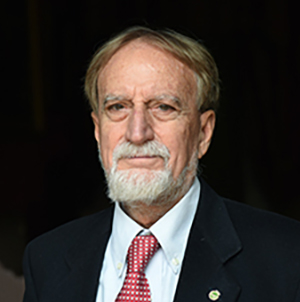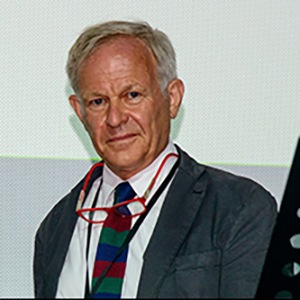President
Prof. Roberto Antonelli

Vicepresident
Prof. Carlo Doglioni

The Presidency Council is composed of the President (Prof. Roberto Antonelli), the Vice President (Prof. Carlo Doglioni), the Academic Administrator (Prof. Antonio Gambaro), the Deputy Academic Administrator (Prof. Paolo Costantino), the Academic Secretaries (Prof. Francesca Matteucci - Alessandro Roncaglia) and by the Academic Deputy Secretaries (Prof. Vincenzo Aquilanti - Andrea Giardina) of the two Classes.
The Registrar of the Academy speaks at the meetings as secretary
Assembly of the Assembled Classes
The Assembly of the United Classes consists of the National Members of the two Classes
Assembly of the Physical, Mathematical and Natural Sciences Class
The Shareholders' Meeting consists of the National Members of the Class
Assembly of the Class of Moral, Historical and Philological Sciences
The Shareholders' Meeting consists of the National Members of the Class
The Board of Auditors is composed of three members, one chosen from among the National Members [...] and two Managing Officers from the Ministry of Treasury and the Ministry of Culture respectively.
President: Pier Paolo Italia appointed by the Ministry of Economy and Finance
Members: Renato Guarini, Professor emeritus of Sapienza University of Rome, formerly Professor ord. of Steconomic
attics Mariella Tagliabue, designated by the Ministry of Culture
Substitutes:
Luciano Maiani, Professor Emeritus of the University of Rome "La Sapienza", former Professor of Theoretical Physics
Stefano Moracci, appointed by the Ministry of Economy and Finance
Marco Zanobio, appointed by the Ministry of Culture
The current Statute was approved by decree of the Minister of Culture on 2 August 2001. Article 4 was amended by Decree 294/2024 of the Minister of Culture.
The Regulations were approved by the Joint Class Meeting on February 14, 1987.
After Rome became the capital of the Kingdom of Italy, Quintino Sella – together with Terenzio Mamiani, vice-president – ruled the fortunes of the Reale Accademia dei Lincei, as president, from 1874 until his death in 1884. On February 14, 1875, a new Statute was promulgated which determined the rules for the government and administration of the Academy and recognized them as nationaland non-local.
In 1883 there was a reform of the Statute, which increased the number of members by modifying the election procedure, and expanded the framework of sciences admitted to the Academy, dividing the classes into categories. Other reforms followed in 1920, 1923 and 1925, which made the life of the institute, which also became in name, as it already was in fact, "national".

